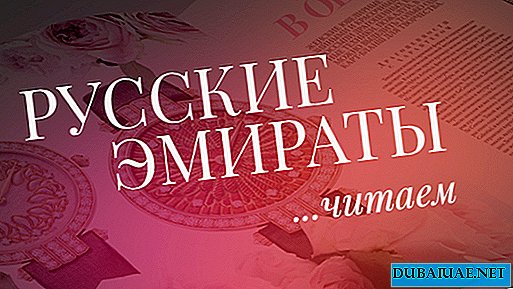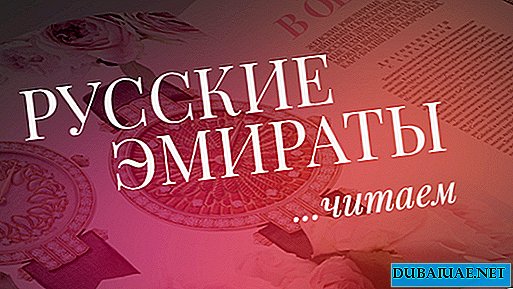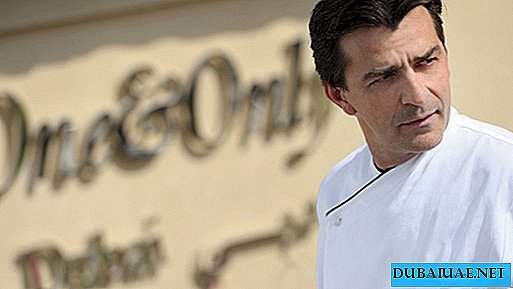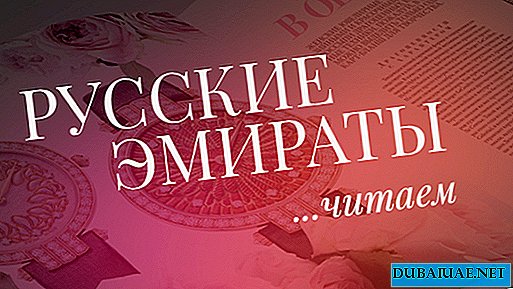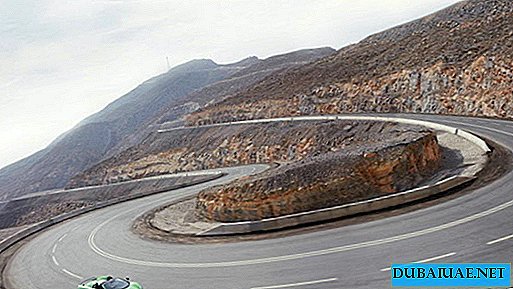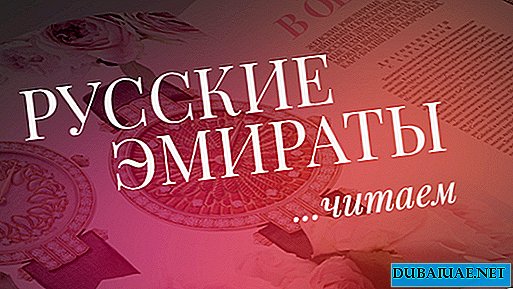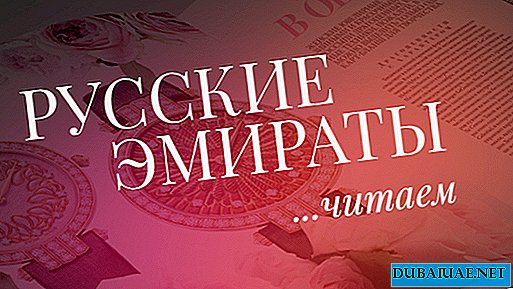 MORE THAN 500 ARTISTS FROM 40 COUNTRIES OF THE WORLD WILL PARTICIPATE IN THE ANNIVERSARY ART EXHIBITION ART DUBAI, THE BIGGEST IN THE MIDDLE EAST. THEY WILL PLACE THEIR CREATIVE ACHIEVEMENTS IN MADINAT JUMEIRAH HALLS IN THE PERIOD FROM MARCH 16 TO MARCH 2016.
MORE THAN 500 ARTISTS FROM 40 COUNTRIES OF THE WORLD WILL PARTICIPATE IN THE ANNIVERSARY ART EXHIBITION ART DUBAI, THE BIGGEST IN THE MIDDLE EAST. THEY WILL PLACE THEIR CREATIVE ACHIEVEMENTS IN MADINAT JUMEIRAH HALLS IN THE PERIOD FROM MARCH 16 TO MARCH 2016.Text: Natalia Remmer
Art Dubai exhibition promises to be the largest and most representative in history - almost a hundred galleries from all over the world, from Lithuania to Ghana and from New York to the Philippines, announced their participation. Three galleries will present the art of young and talented Russian authors.
Artwin Gallery (Moscow):
- We bring the works of Olga Kiseleva, an artist from St. Petersburg, who has been teaching contemporary art at the Sorbonne since 2001, where she leads the Institute of Science and Art. Olga's works are in numerous museum and large private collections. The Crossworlds series is a photo collage with electronic tags with the slogans of Soviet and American Cold War propaganda that can be decoded using a mobile phone.
We will also present works from the Money series - in which the author draws attention to the transformation of material values in a market economy. The artist penetrates the essence of classical technologies in order to create authentic and technological objects: in preparation for the project, she studies the production of mirrors, carpets and program codes. “Fabric money” (hand-made carpets and tapestries), sculpture, graphics, interactive installations, wall paintings, mirrors - this is the widest palette of its activities.
Another discovery at Art Dubai will be an artist with the same sonorous initials OK - Olya Kroytor, winner of the Kandinsky Prize in the nomination "Young Artist. Project of the Year". We will present a series of her easel works created at the intersection of painting and geometric abstraction, collage and comics, as well as three-dimensional objects-counter-reliefs that take the form of a pictorial hieroglyph.
The Artwin Gallery is focused on promoting young Russian artists and building a cultural dialogue in the post-Soviet space. We are actively developing cooperation with Azerbaijan and Kazakhstan, and access to the Middle East is a logical continuation of our path for us. And Art Dubai itself is a great opportunity to enjoy the sea and the sun, which still does not please us in Moscow in mid-March.
Galerie Iragui (Moscow): 
- This year at the Art Dubai fair, one can see the works of the famous Moscow conceptualist Nikita Alekseev. While studying at the Moscow Polygraphic Institute, he was interested in modern poetry and new trends in art and music, including conceptualism and minimalism.
Joining the circle of Moscow conceptualists, Alekseev was one of the first to explore the relationship between text and image. In the 70s, he met with the so-called "Sretensky Boulevard group." A particularly strong impression on him was made by the work of Ilya Kabakov. Another important figure for Nikita was Andrei Monastyrsky. Together with him, as well as the thinker Nikolai Panitkov and the poet Lev Rubinstein, he created the collective action group. The group held more than 120 actions exploring the mechanisms of creating meanings and ways to cross the boundaries of accepted values. And then and now Alekseev appreciates the irony in art and is always looking for "a gap between the signifier and the signified."
In 1987, Nikita Alekseev opened a gallery in his own apartment - the famous APTART. The result of APTART for Alekseev, as well as for Moscow art in general, was a change in style. Artists began experimenting with another artistic language - visually more aggressive and textured. During this period, Nikita Alekseev created many graphic series, as well as paintings and objects. In the 80s, he often experimented with the surface of the painting, using fabric and various finished materials.
A participant in many exhibitions of Russian art outside Russia, Nikita Alekseev lived in France for several years. Soon after his return to Moscow in 1993, he stopped practicing art, devoting himself to art criticism. Alekseev became editor of the Culture section of the weekly Foreigner. He resumed his artistic quest with the work “Dying Drawings (Every Blessings Praise the Lord)” - a series of 2,000 drawings full of drama and self-irony. Now Nikita Alekseev prefers partially autobiographical plots, creating something like a visual diary in which lyrical and tender feelings are hidden behind absurdity and sarcasm.
The Moscow gallery Galerie Iragui sees its main task as drawing attention to contemporary Russian art. The gallery initiates the participation of Russian artists in international projects and their involvement in the context of world art, collaborates with cultural institutions and curators in many countries. In 2016, Galerie Iragui will be exhibiting at Art Dubai for the second time.
Pechersky Gallery (Moscow):
The Pechersky Gallery booth will feature works by the young Russian artist Danila Tkachenko from the Closed Territories series. Photographer Danila Tkachenko is a selfless person, ready for difficulties and hardships for the sake of approving the idea that the photographer’s work today can not only shape reality, but also construct it. Danila spent several years on expeditions in Russia and Ukraine to create a series of works about people who voluntarily chose the path of a hermit, who shy away from human society, who have gone to live in wilds and thickets.
The project “Closed Territories” contains many photographs of evidence of the utopias of the modern era that have frozen into the snowy horizon: the Soviets of technical structures, engineering structures and other developments for the USSR Armed Forces discovered in different, often secret areas of the former country. These objects are interspersed with photographs from observatories, military bases, test sites, closed cities. All buildings and zones are represented in post-apocalyptic permafrost. Looking at this “cold” series and recalling the previous, reclusive, you come to the conclusion that Tkachenko is not interested in exotic nature at all, but in deep philosophical issues: where is the line beyond which Utopia turns into Anti-utopia? And what are the reasons for this inevitable dual unity?
The dichotomy "utopia-dystopia" for the artist Danila Tkachenko becomes something of a spyglass, which can be viewed from one end or the other. In the series "Hermits" we saw the world in a huge increase, in it the utopianism of the escapist project comes to life in all its tragic vulnerability. In the new series, we look at the anti-utopia of Soviet modernism from the opposite end of the pipe, and the world is shrinking in size, turning into an indifferent, self-sufficient and at the same time very beautiful aesthetic picture. At some point, the signs “+” and “-” in our assessments of the visible change places. And this is evidence of the precise optics of the master, who is passionate about finding the problems of birth, collapse and the reversibility of the dreams of mankind about a perfect and terrible (absolutely terrible, terribly perfect) life.


